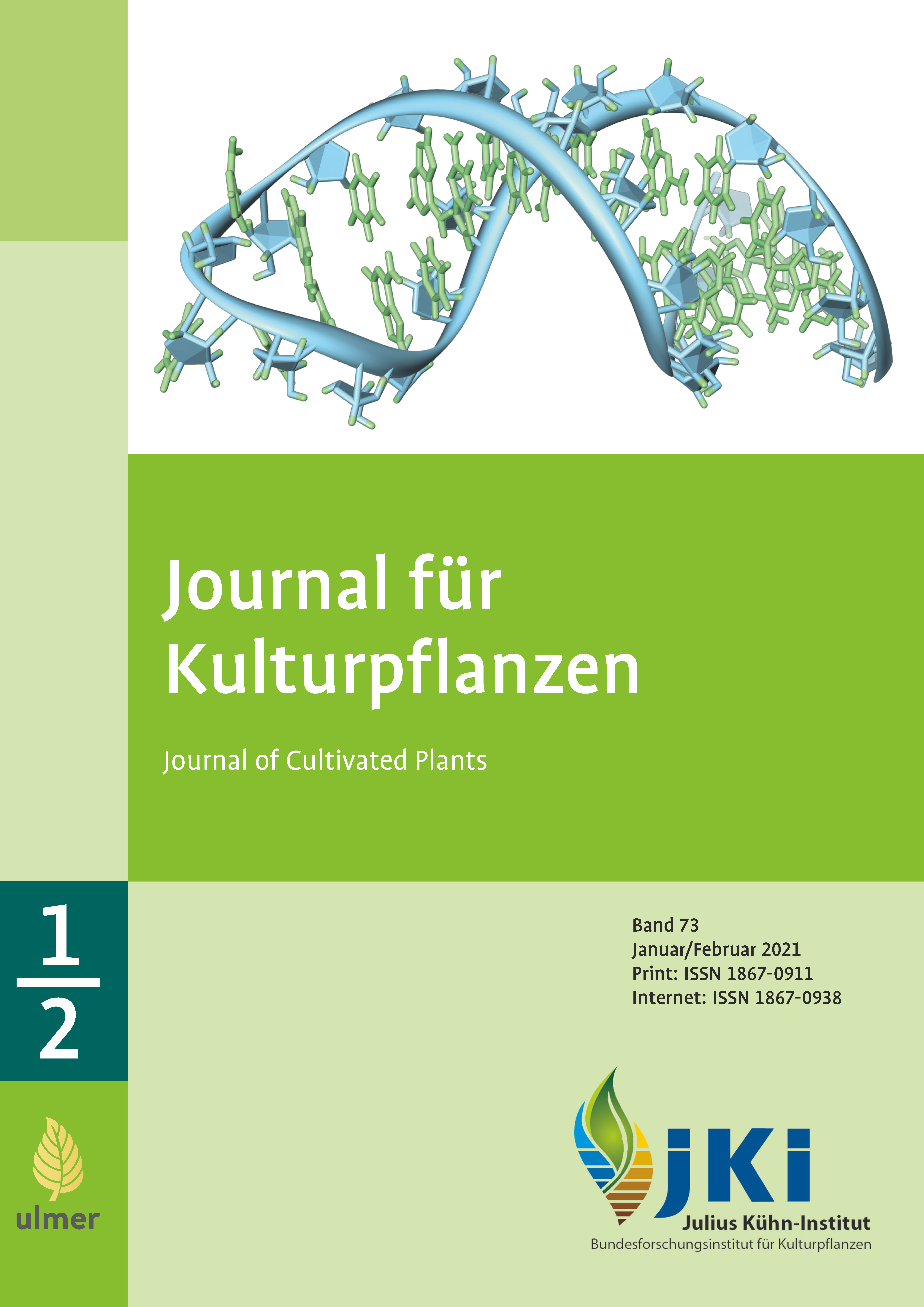Study on dust abrasion of cereal seeds treated in 2019 and active ingredient content in the dust
DOI:
https://doi.org/10.5073/JfK.2021.01-02.03Keywords:
Heubach, active substances, pesticide, cereal, seed treatment, dust, seed treatment facilities, dust abrasionAbstract
In the season 2019, the seed dressing quality of winter wheat and winter barley was tested based on 138 samples with regard to seed dressing dust abrasion and abrasion of active substances. The tests were carried out according to the Heubach method in a partially adjusted version for the subsequent determination of active substances in the floating dust. It was shown that, with the exception of two samples, all measurements were below the required limit values. For all samples coated with products for which a maximum abrasion of 200 mg active substances per ha (180 kg seeds) is required by German authorities values were below this threshold.
Data of the article are publicly available from the open access repository OpenAgrar, DOI: 10.5073/20200421-134049
Downloads
Published
Issue
Section
License
The content of the journal is licensed under the Creative Commons Attribution 4.0 License. Any user is free to share and adapt (remix, transform, build upon) the content as long as the original publication is attributed (authors, title, year, journal, issue, pages).
The copyright of the published work remains with the authors. The authors grant the Journal of Cultivated Plants, the Julius Kühn-Institut and the OpenAgrar repository the non-exclusive right to distribute and exploit the work.







